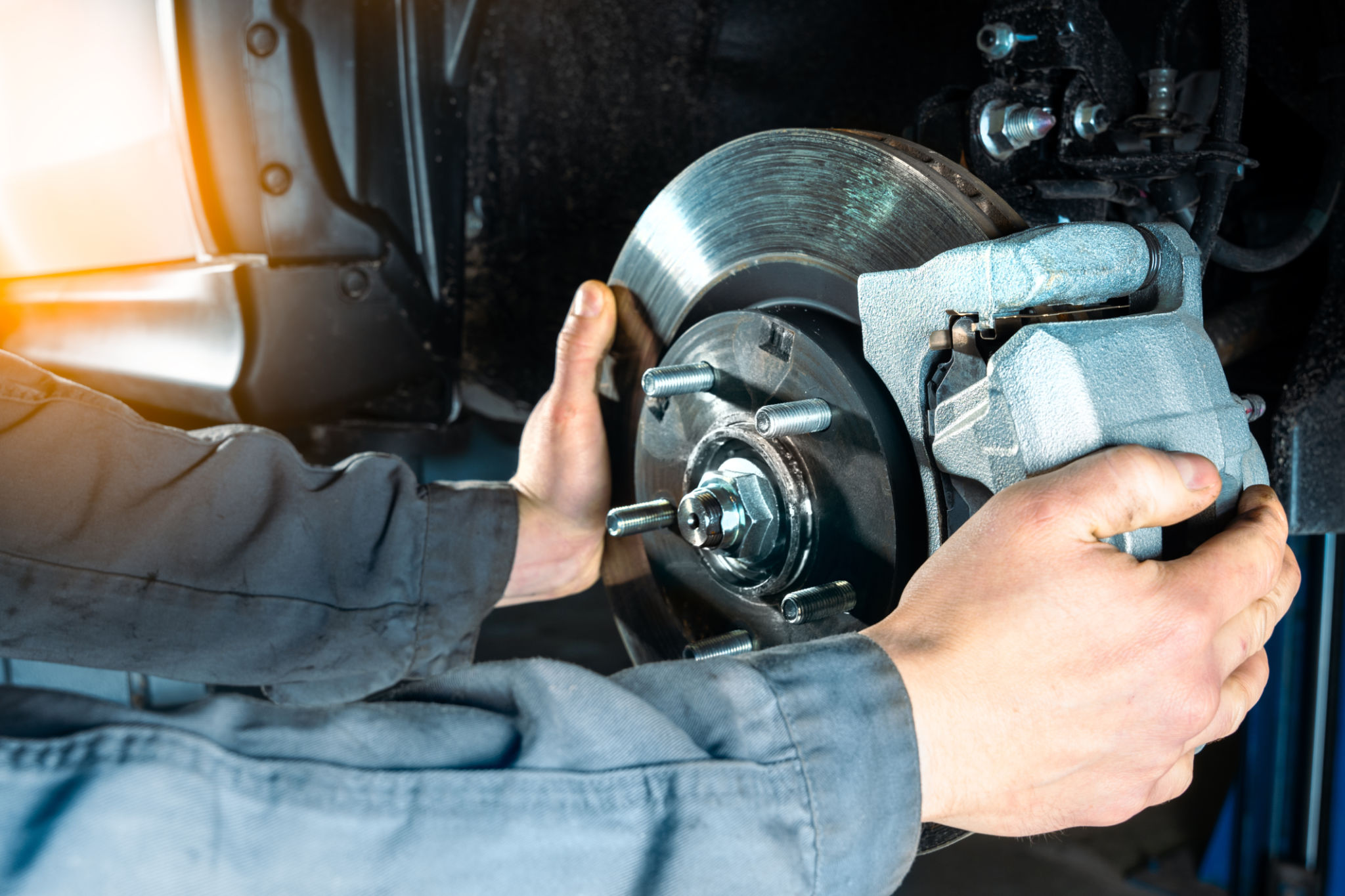How to Prepare Your Vehicle for a Brake Inspection: A DIY Guide
Understanding the Importance of Brake Inspections
Regular brake inspections are crucial for maintaining your vehicle's safety and performance. By ensuring the brakes are in top condition, you can prevent accidents and costly repairs. This DIY guide will help you prepare your vehicle for a professional brake inspection, enabling you to address potential issues early.
Brakes are one of the most vital components of your vehicle, and overlooking their maintenance can lead to severe consequences. Understanding how to prepare your vehicle for a brake inspection can save you time and money while ensuring peace of mind on the road.

Gather Necessary Tools and Materials
Before you begin the preparation process, gather all the necessary tools and materials. Having everything at hand will make the process smoother and more efficient. You will need:
- Jack and jack stands
- Wheel chocks
- Lug wrench
- Tire pressure gauge
- Flashlight
These tools will help you safely lift the vehicle and inspect various components of the braking system. Ensure that all tools are in good working condition before starting the inspection preparation.
Check Tire Condition
Tires play a significant role in brake performance. Start by examining the tire tread depth and look for any signs of uneven wear, which could indicate alignment or suspension issues. A tread depth gauge can help you determine if your tires have sufficient tread remaining.

Next, check the tire pressure using a reliable tire pressure gauge. Properly inflated tires ensure optimal braking performance and fuel efficiency. Refer to your vehicle’s manual for the recommended tire pressure levels and adjust as necessary.
Inspect Brake Pads and Rotors
Once the vehicle is safely lifted using a jack and jack stands, remove the wheels to access the brake pads and rotors. Look for visible signs of wear on the brake pads, such as thinning or uneven surfaces. Worn-out brake pads can significantly reduce braking efficiency.
Similarly, inspect the rotors for any grooves or scoring that might indicate damage. If you notice any irregularities, it may be time to replace these components or have them professionally assessed.

Examine Brake Fluid Levels
Your vehicle’s brake fluid is essential for maintaining hydraulic pressure within the braking system. Locate the brake fluid reservoir under the hood and check its level. It should be within the marked range on the reservoir.
If the fluid level is low, it could signify a leak or excessive pad wear. Top up with the correct type of brake fluid as specified in your vehicle’s manual, but avoid overfilling. Regularly replacing brake fluid as per manufacturer guidelines is also recommended to maintain system integrity.
Test Brake Pedal Feel
After reassembling everything and lowering the vehicle, test the brake pedal’s feel by gently pressing it down. The pedal should feel firm, not spongy or soft, which could indicate air in the brake lines or other issues.

If you notice unusual sensations or sounds when pressing the brake pedal, it's crucial to have your braking system professionally inspected. A responsive brake pedal ensures better control during emergency stops.
Schedule a Professional Inspection
While this guide helps you prepare for a brake inspection, it’s important to schedule regular professional checks. Trained technicians can identify underlying issues that might not be visible during a DIY inspection.
Regular maintenance not only extends the life of your braking system but also enhances overall vehicle safety. Make it a habit to consult with professionals at least once a year or as recommended by your vehicle's manufacturer.
Final Thoughts
Preparing your vehicle for a brake inspection is an essential step in maintaining its safety and efficiency. By following these guidelines, you can ensure that your brakes are in optimal condition for any journey.
Remember, while DIY checks are beneficial, they should not replace comprehensive inspections by qualified professionals. Stay proactive about your vehicle's maintenance to enjoy smooth and safe driving experiences.